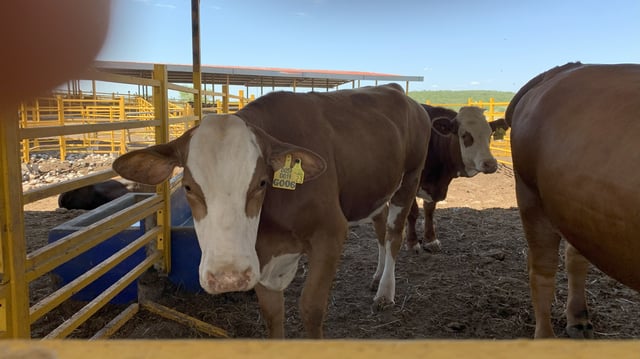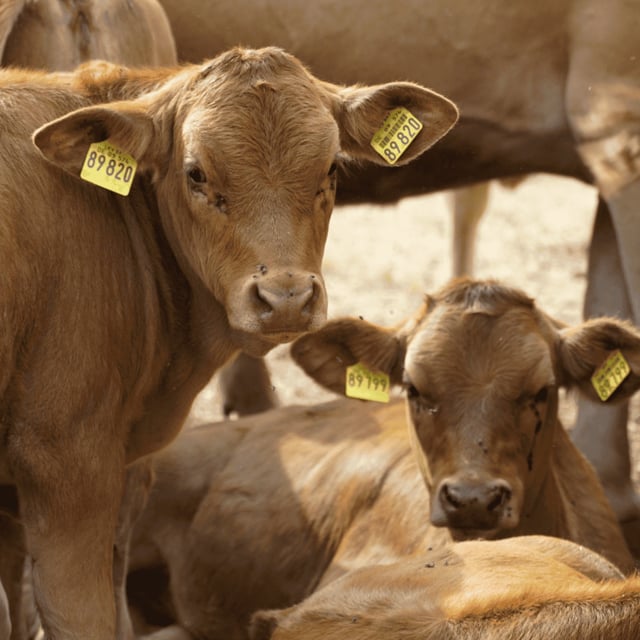Overview
- The APHIS–SENASICA plan sets regionalized health rules, requires certified origin-and-destination corrals, deploys attractant-trap monitoring, and introduces a maritime import protocol, with no date set for reopening.
- U.S. funding for converting the Metapa de Domínguez facility in Chiapas was formalized, with work underway toward full sterile-fly output in the first half of 2026 at up to 100 million per week.
- U.S. imports of live Mexican cattle remain suspended since July 9 following a Veracruz case, and industry groups estimate about $1.3 billion in losses tied to roughly 650,000 head stalled.
- The National Agricultural Council backed the plan as essential to restore flows, while the UNTA called for halting imports from Nicaragua, Honduras and Guatemala and closing Mexico’s southern border, alleging illegal movement of about 800,000 head and citing a recent SuKarne shipment.
- U.S. officials signaled preparations for a sterile-fly facility in Edinburg, Texas, reported with projected capacity near 300 million flies per week and substantial federal investment.



